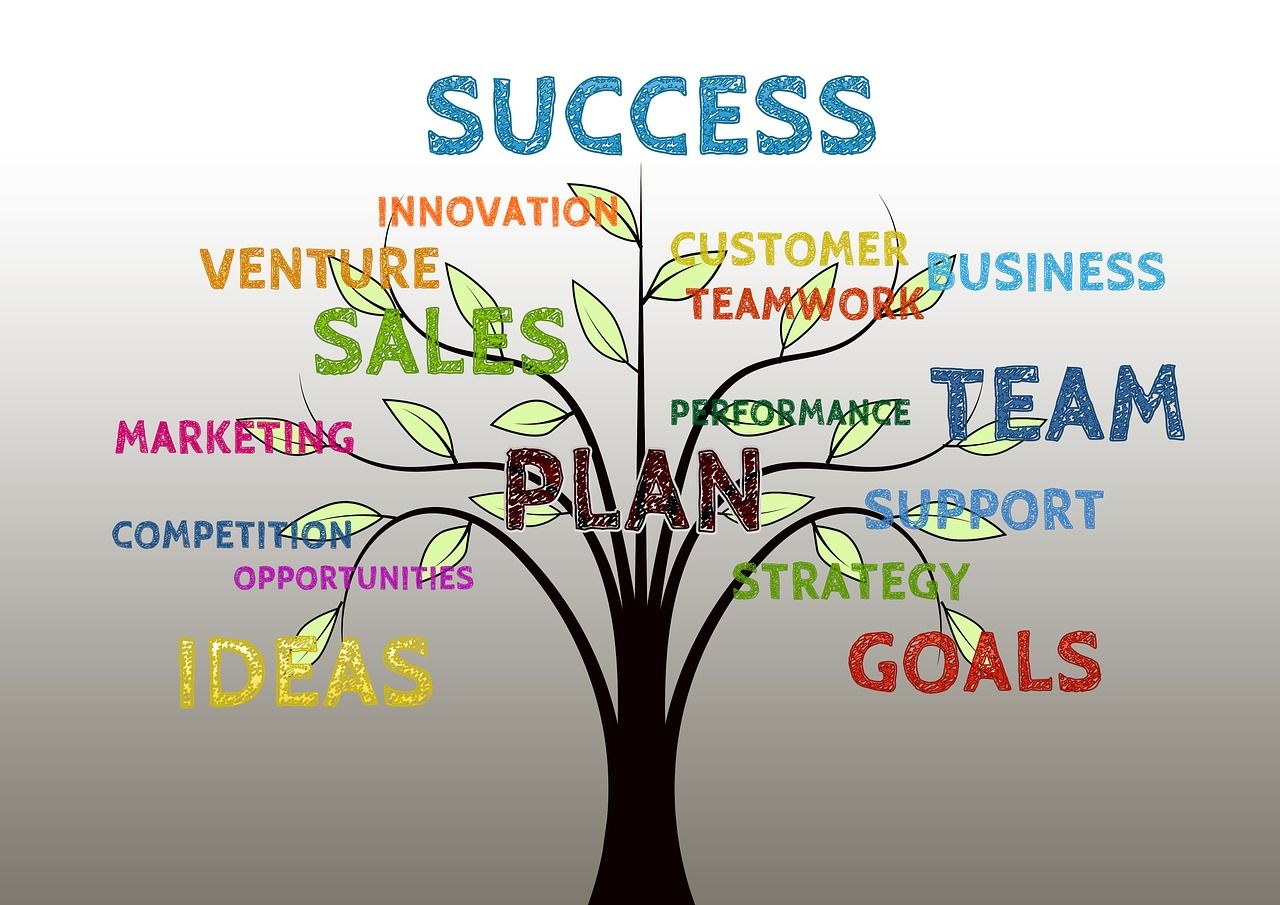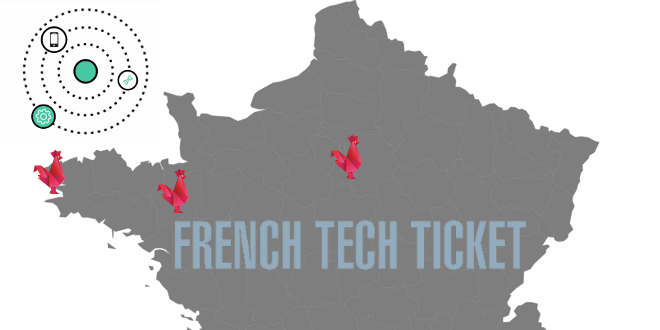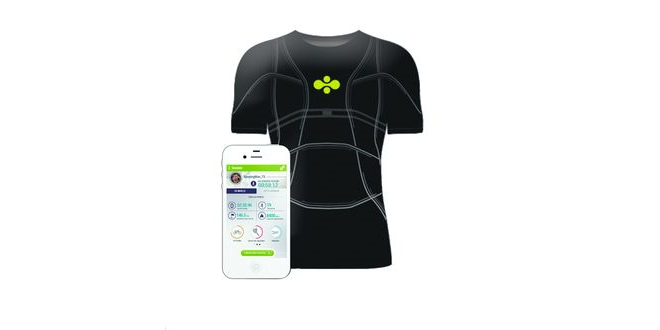With Ledgys, blockchain becomes a tangible reality
Winner of the blockchain BNP jury prize at VivaTechnology last year, Ledgys hopes to reaffirm its relevance once more this year. From June 15 to 17, 2017, the company will be attending the event again to present its Ownest application. The application is aimed at both businesses and consumers, offering a simple solution for using blockchain technology in practical cases such as logistics management or an authenticity certificate for a handbag.
Beyond the fantasy of the blockchain, what is the reality of this technology? Ledgys, a start-up founded in April 2016 and currently incubated at Télécom ParisTech, answers this question in a very appealing way. By developing their app, Ownest, they offer professionals and individuals easy access to their blockchain portfolio. Users can therefore easily visualize and manage the objects and products they own that are recorded in the decentralized register, whether that be a watch, containers or a palette on its journey between a distributor and a shop.
To illustrate the application’s potential, Clément Bergé-Lefranc, co-founder of Ledgys, uses the example of a company producing luxury items: “a brand that produces 1,000 individually-numbered bags can create a digital asset for each one that is included in the blockchain. These assets will accompany the product throughout its whole life cycle.” From conception to destruction, including distribution and resale from individual to individual, the digital asset will follow the bag with which it is associated through all phases. Each time the bag moves from one actor of the chain to another, the transaction of the digital asset is recorded in the blockchain, proving that the exchange really took place.
“This transaction is approved by thousands of computers, and its certification is more secure than traditional financial exchanges”, claims Clément Bergé-Lefranc. The blockchain basically submits each transaction to be validated by other users of the technology. The proof of the exchange is therefore certified by all the other participants, and is then recorded alongside all other transactions that have been carried out. It is impossible to then go back and alter this information.
Also read on I’MTech: What is a blockchain?
With Ownest, users have easy access to information on the assets of the products they own. The app allows users to transfer a title to another person in a matter of seconds. There are a whole host of advantages for the consumer. In the example of a bag made by a luxury brand, the asset certifies that the product does indeed come from the manufacturer’s own workshops and that it is not a fake. Should they wish to then resell the bag to an individual, they can prove that the object is authentic. It also solves problems at customs when returning from a journey.
Monitoring the product throughout its life cycle allows businesses to better understand the secondary market. “A collector of luxury bags who only buys second-hand products is totally invisible to a brand”, highlights the Ledgys co-founder. “If they want, the collector can make themselves known to the brand and prove that they own the items, meaning that the brand can offer advantages such as a limited-edition item.” Going beyond customer relations, the blockchain is above all one of the quickest and most effective ways to manage the state of stocks. The company can see in real time which products have been handed over to distributors and which have just been stored in the warehouse. Instead of signing delivery slips on the distribution platforms, a simple transfer of the digital asset from the deliverer to the receiver will suffice. This perspective has also attracted one of the world leaders in distribution, who is now a client of Ledgys, hoping to improve the traceability of their packaging.
“These really are concrete examples of what blockchain technology can do, and it’s what we would like to offer”, Clément Bergé-Lefranc declares enthusiastically. The start-up will present these examples of how it can be used at the VivaTechnology exhibition in Paris from June 15-17. Ledgys is committed to their mission of popularizing the use of the blockchain, and collaborating with another start-up for the event: Inwibe and the app “Wibe me up”. Together, they will offer all participants the chance to vote for the best start-ups. By using blockchain technology to certify the votes, they can ensure a transparent census of the public’s favorites.
Imagining how blockchain might be used in 10 years’ time
As well as developing Ownest, the Ledgys team is working on a more long-term project. “One of our objectives is to build marketplaces for the exchange of data using blockchain technology” presents Clément Bergé-Lefranc. Using Ethereum, the solution allows people to buy and sell data with blockchain. They still have a while to wait however before seeing such marketplaces emerge. “There are technical elements that still need to be resolved for this to be possible and optimized on Ethereum”, admits the Ledgys’ co-founder. “However, we are already building on what the blockchain will become, and its use in a few years’ time.”
In the meantime, the start-up is working on a proof of concept in developing countries, in collaboration with “The Heart Fund”, a foundation devoted to treating heart disease. The UN-accredited project aims to establish a secure and universal medical file for each patient. Blockchain technology will allow health-related data to be certified and accessible. “The aim is that with time, we will promote the proper use of patients’ medical data”, announces Clément Bergé-Lefranc. By authorizing access for professionals in the medical sector in a transparent and secure way, the quality of healthcare in countries where medical attention is less reliable can be improved. Again, this is an example of Ledgys’ desire to use blockchain not just to fulfil fantasies, but also to resolve concrete problems.
The original version of this article was published on the ParisTech Entrepreneurs incubator website.

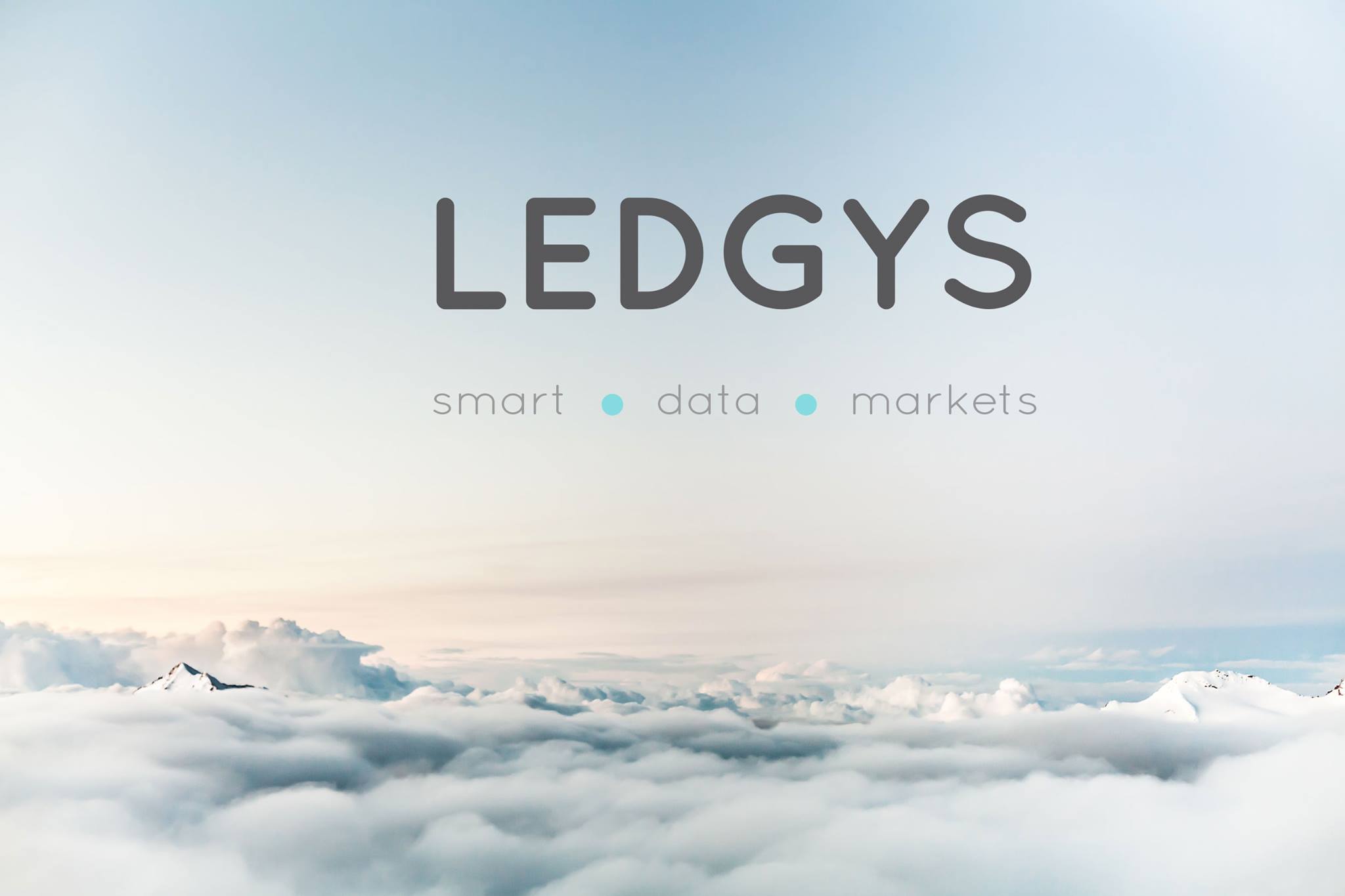

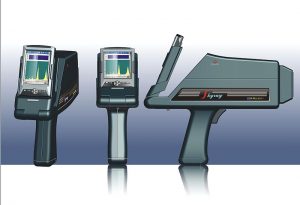





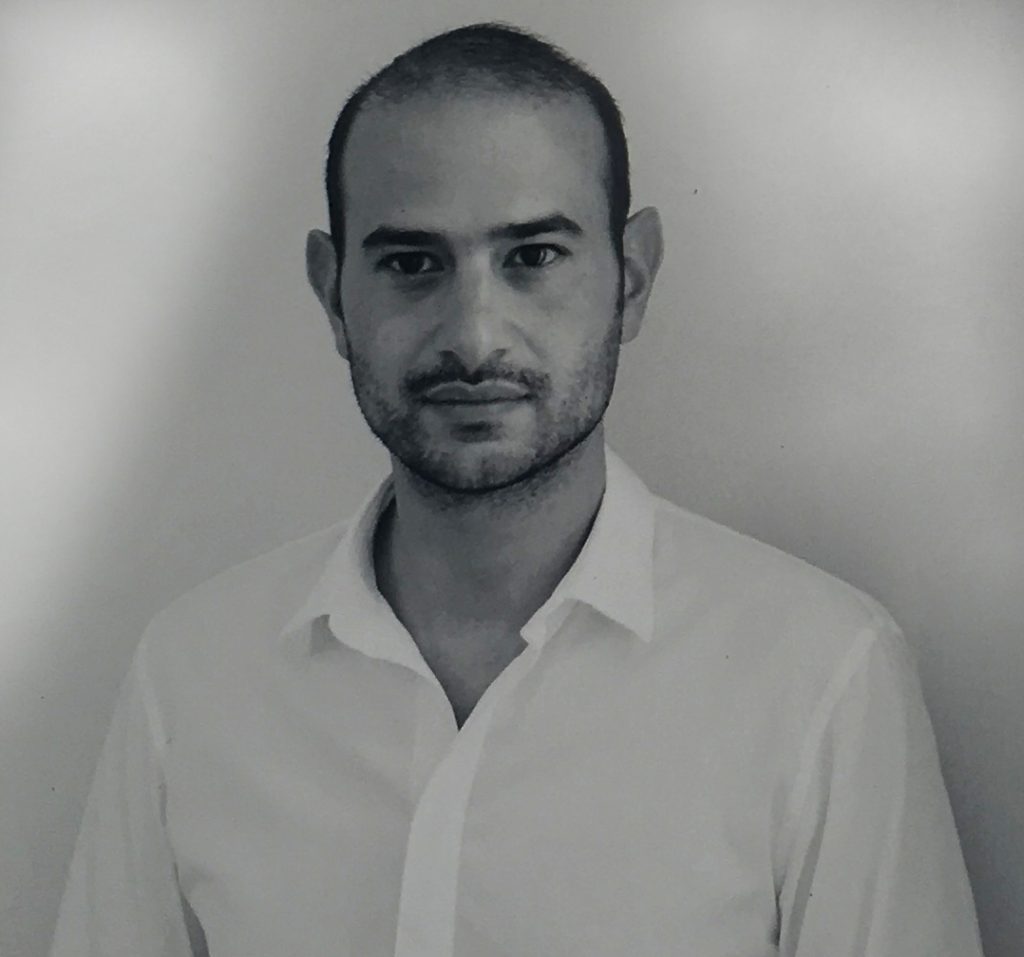
 The TSN Carnot institute, a guarantee of excellence in partnership-based research since 2006
The TSN Carnot institute, a guarantee of excellence in partnership-based research since 2006